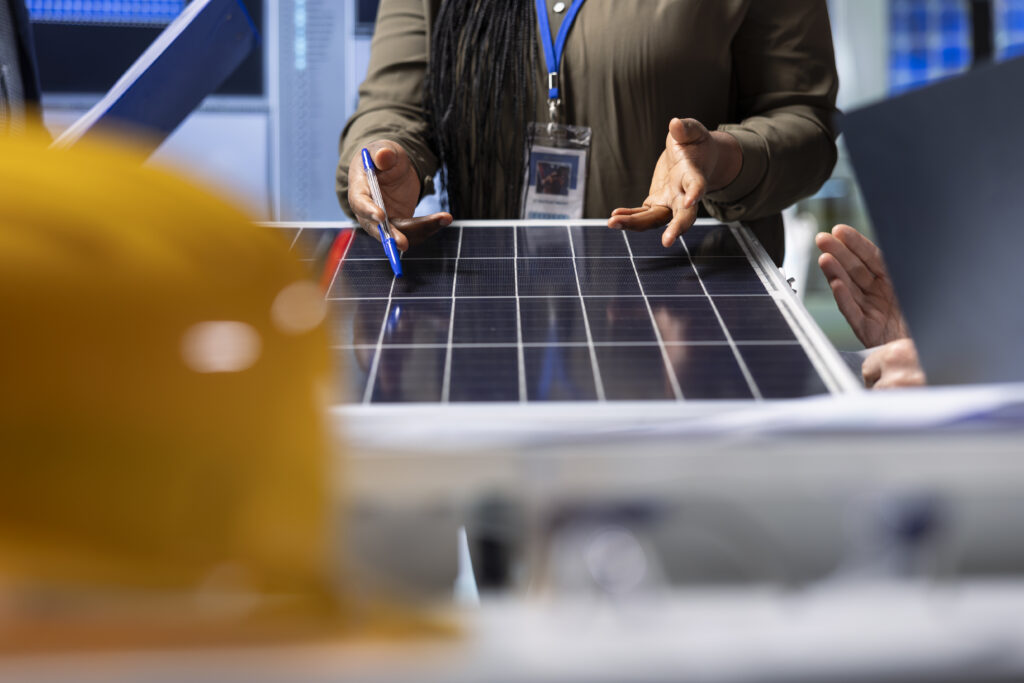Best Type of Solar Panels in Kenya: Monocrystalline vs Polycrystalline vs Thin-Film
Table of Contents
- Overview
- Monocystalline Panels
- Polycrystalline Panels
- Thin-Film Panels
- Comparison Table
- Which Should You Choose
- Related Reads
OverView
When investing in solar energy in Kenya, choosing the right type of solar panel is a key step. Whether you’re in Nairobi or a rural area, your panel choice impacts your energy output, cost, and overall efficiency.
In this guide, we compare monocrystalline, polycrystalline, and thin-film solar panels to help you make an informed decision
1. Monocrystalline Solar Panels
These panels are made from a single crystal of silicon, giving them a sleek black look and high efficiency.
- Efficiency: 18%–22%
- Durability: High
- Cost: Higher than other types
- Best For: Urban homes with limited space
2. Polycrystalline Solar Panels
These panels use multiple silicon fragments melted together. They are usually blue and less expensive to manufacture.
- Efficiency: 15%–17%
- Cost: More affordable than monocrystalline
- Best For: Budget-conscious homes with enough roof space
3. Thin-Film Solar Panels
Thin-film panels are lightweight and flexible, ideal for non-traditional installations. However, they generally have lower efficiency.
- Efficiency: 10%–13%
- Cost: Lowest upfront cost
Best For: Temporary setups, commercial or mobile uses
Which Type Should You Choose?
If you live in an urban area like Nairobi and want long-term performance, monocrystalline panels are worth the investment.
If you’re looking to save on costs and have more space, polycrystalline panels are a solid choice.
For temporary or experimental installations, thin-film panels could be a cost-effective option.
Related Reads



